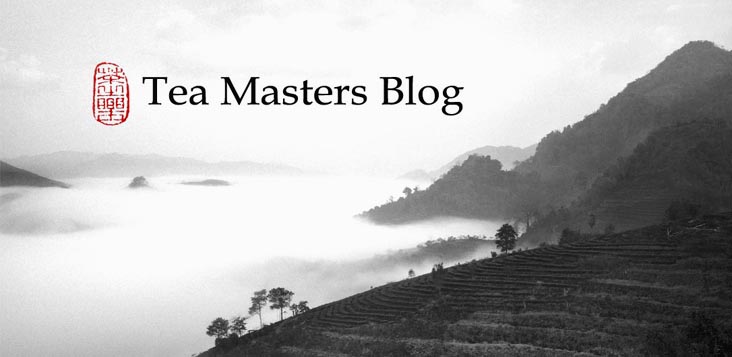1. The clay: where it comes from and the layer from which it is extracted.
2. The clay making: how the rough clay is refined into clay ready to be used.
3. The shaping of the teapot by the maker.
4. The firing of the teapot.
 |
| Red clay from David Louveau |
 |
| Taixi Lutian Kuang from Yixing |
The traditional way requires a lot of work, time and effort. The Chinese speak of yǎng
tǔ (養土), raising clay like we speak of raising a teapot or a kid and taking care of it for several years.
First, the extracted stones are l put on a heap, under the sun. Often against a wall, the stones will slowly disintegrate under the influence of the seasons' changing weather (rain, wind, sun...) This step can take 2 years and is now often skipped nowadays, since powerful machines can do the crushing of the stones very quickly.
 |
| Old wall where clay used to be kept for aging. |
Third, water is added to the the dry powder. This clay requires time to rest. Heavier particles will slowly move down. Organic particles will sour...
Fourth, this clay needs to be further refined before its use. It needs to be hammered, kneaded, thrown in a block so that it reaches the right plasticity and moisture level.
But mixing can also be used to turn regular clay into an Yixing like clay! It's widely used nowadays to fake zisha clay for mass production.
Conclusion: the Yixing clay we obtain through this process is composed of a multitude of minerals and this clay retains two essential properties. It is both very plastic and lightly porous at the same time. The zisha clays (red, green and purple) have a good balance of these 2 characteristics.
Note: Thanks for all your interest and support. The 'Fall specials' continue with price reductions on 20 teas from my selection!











No comments:
Post a Comment